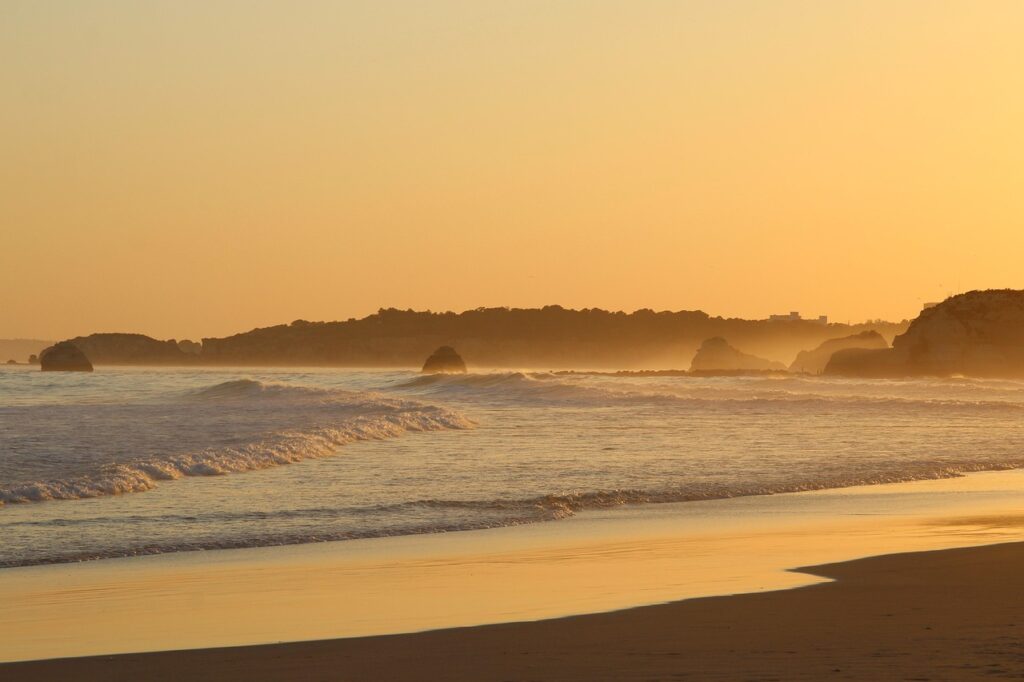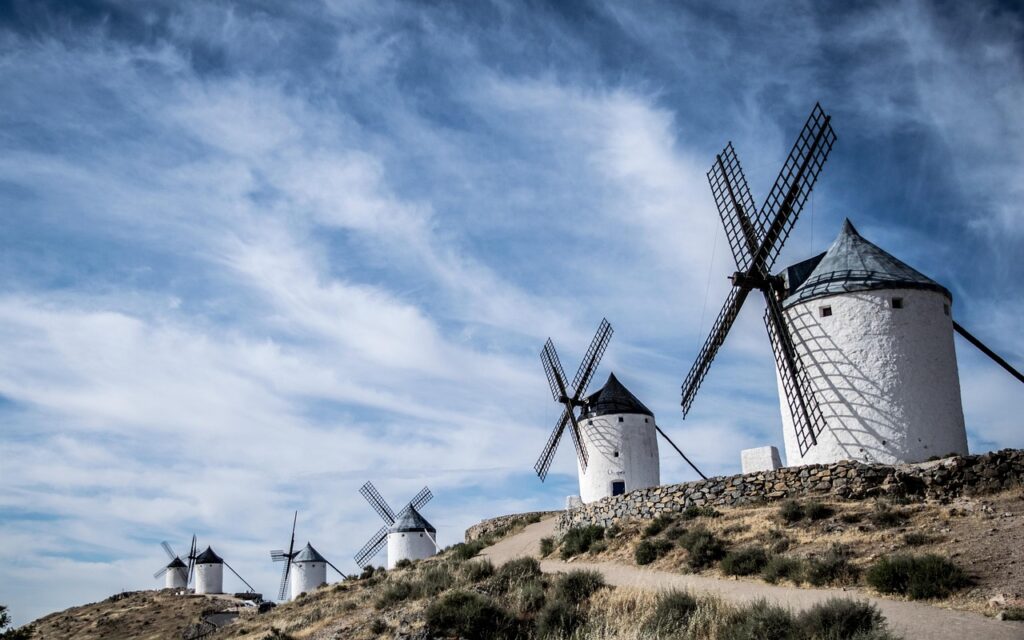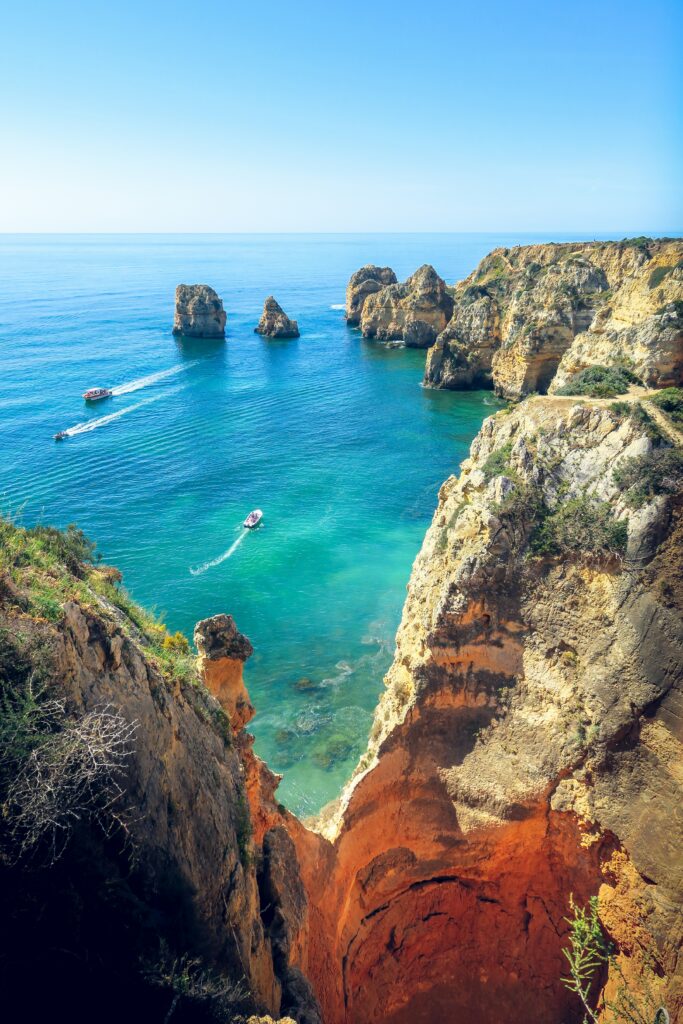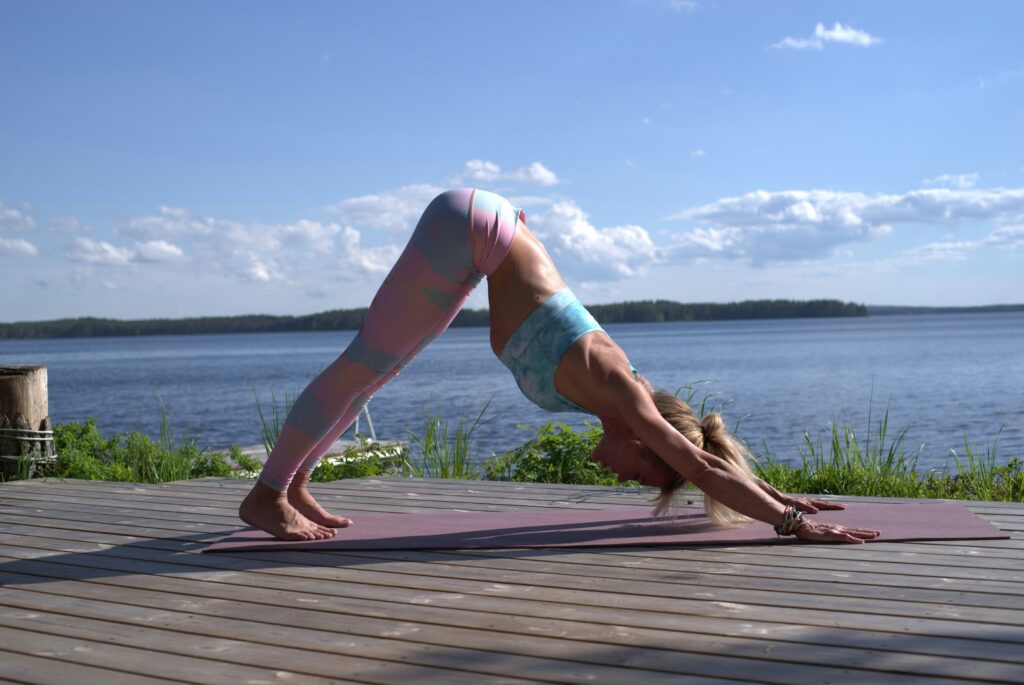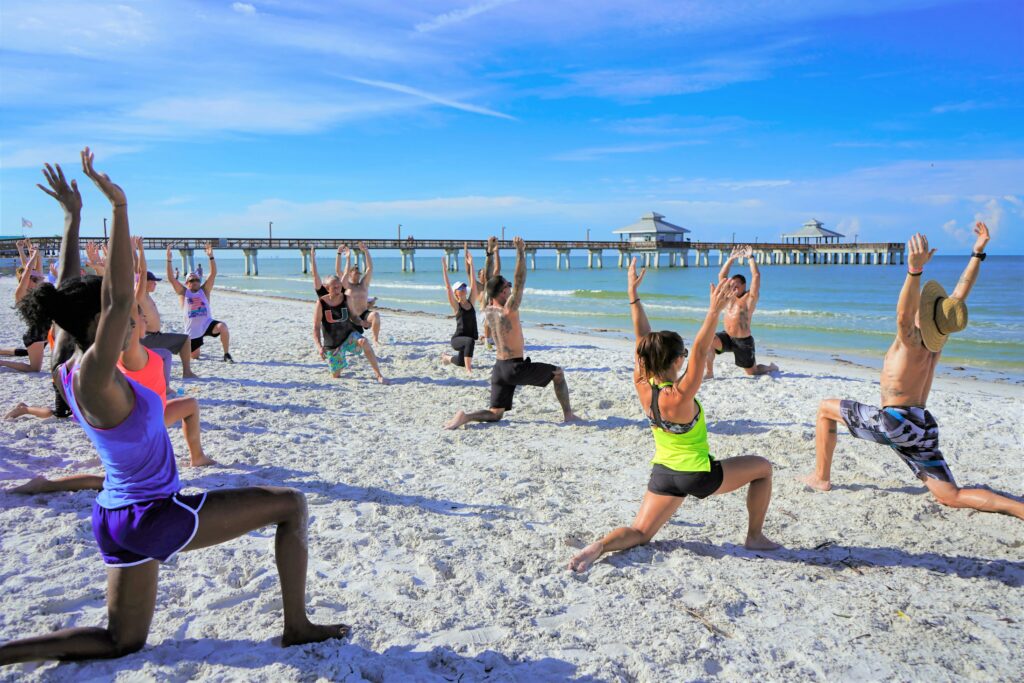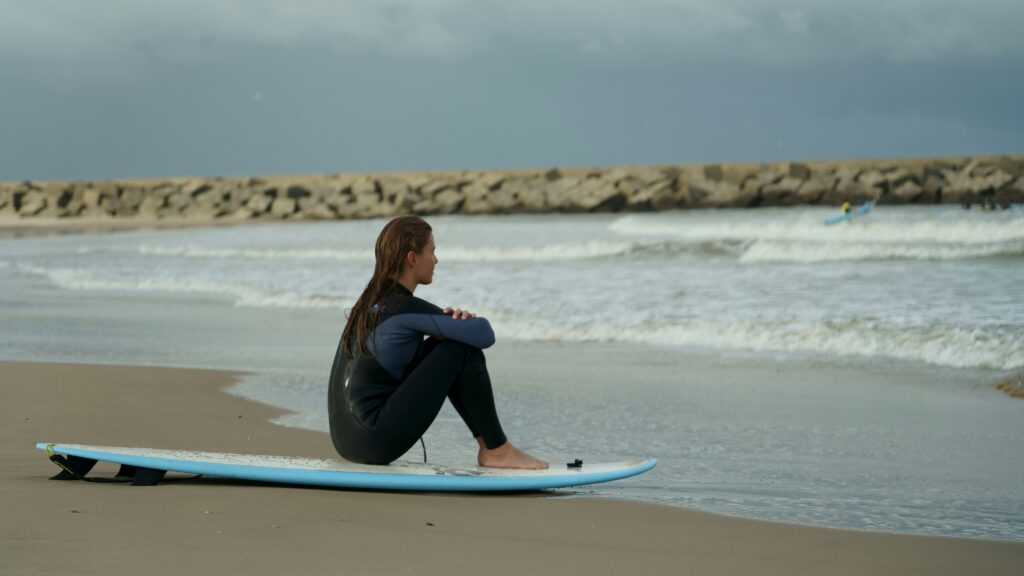The Amalfi Coast is where drama meets serenity — sheer cliffs, lemon terraces, and pastel towns tumbling toward turquoise water.
While many travellers come for glamour, this stretch of southern Italy hides a surprisingly calm undercurrent, perfect for yoga and wellness retreats.
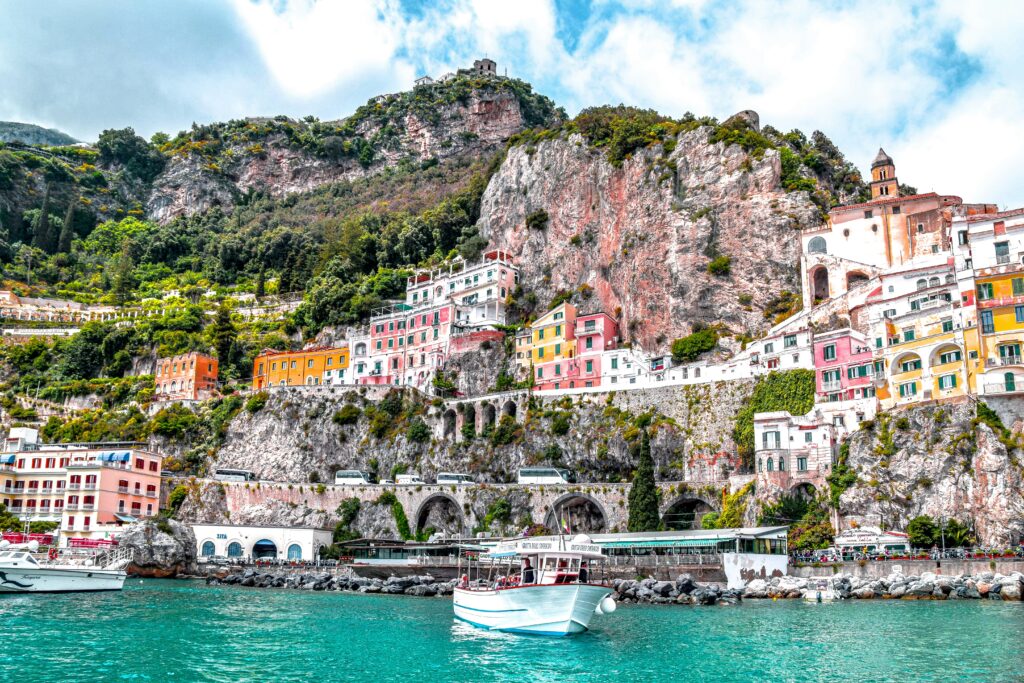
Morning classes often overlook the Tyrrhenian Sea, followed by fresh Mediterranean meals and afternoons of slow wandering through Positano, Ravello, or hidden fishing villages.
The scent of salt, citrus, and wild herbs turns every breath into a small act of mindfulness.
When to Go
- April–June: Ideal months for yoga retreats — warm but not humid (18–26 °C), hills covered with jasmine and wisteria.
- July–August: High season; expect crowds and higher prices. Choose smaller coastal villages or retreats up in the hills around Agerola or Ravello for cooler air.
- September–October: Possibly the best balance of all — calm sea for swimming, golden light, and fewer tourists.
- November–March: Quiet, often rainy; some hotels close, but dedicated retreat centres stay open for restorative programs.
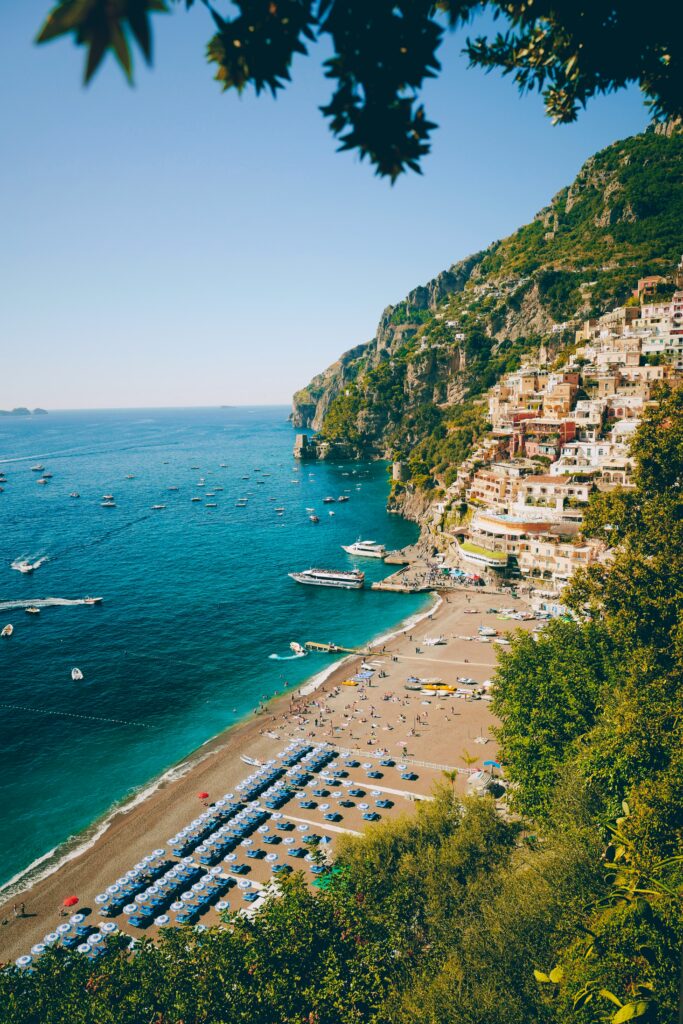
How to Get There
By Air:
- Fly to Naples International Airport (NAP), 60 km north. From there, transfers take about 1.5–2 hours.
By Train:
- High-speed trains reach Salerno from Rome (2 h) or Naples (40 min). From Salerno, buses or ferries link the coastal towns.
By Car:
- Driving offers freedom but requires patience — narrow, winding roads and limited parking.
- If possible, let your retreat arrange transfers or use drivers familiar with the route.
By Sea:
- Ferries between Sorrento, Amalfi, Positano, and Salerno operate April–October. They’re scenic, reliable, and often faster than road travel.
The Mood of the Land
Everything here feels carved from contrast:
vertical cliffs and horizontal calm, vibrant towns and silent coves.
Each village has a different pulse:
- Positano – lively, colourful, steeped in boutique charm.
- Ravello – elevated, musical, meditative.
- Amalfi – historic heart with Byzantine echoes.
- Praiano & Agerola – authentic, slower, ideal for retreats seeking real quiet.
The coast’s beauty can be overwhelming at first — until you learn to slow your gaze and let the rhythm of waves replace your thoughts.
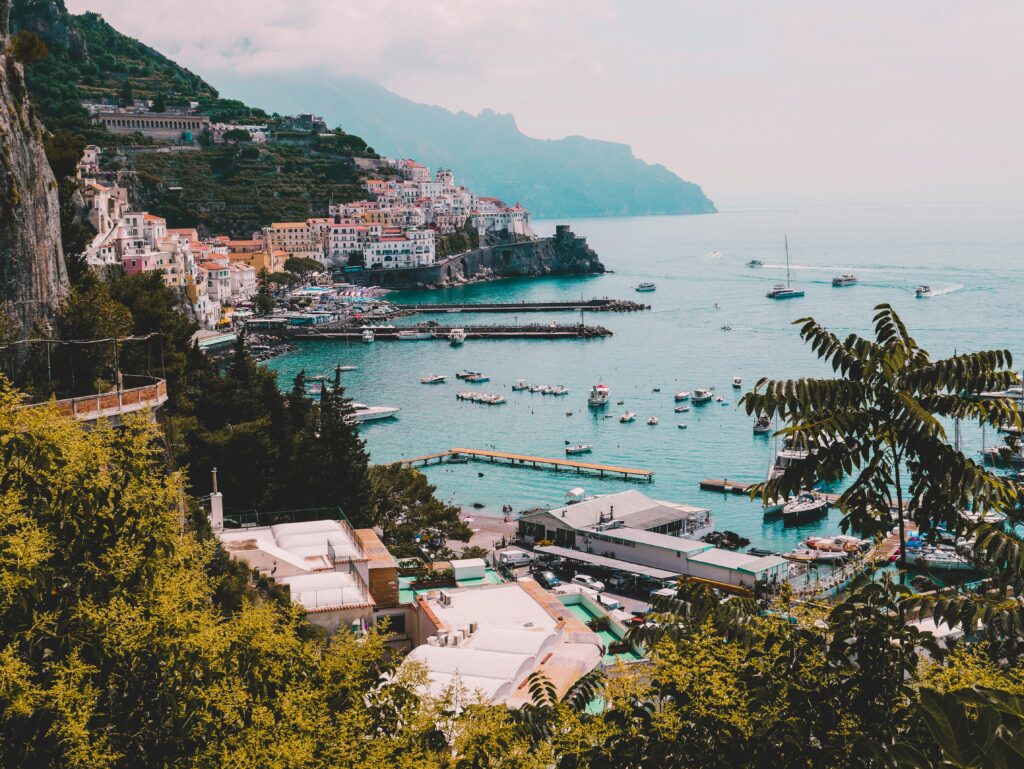
What to Eat & Drink
The Amalfi diet is Mediterranean simplicity perfected.
Meals are fresh, light, and fragrant — ideal for wellness travellers.
Local Specialties:
- Spaghetti al limone – pasta tossed with Amalfi lemons, olive oil, and basil.
- Insalata di mare – seafood salad with olive oil and lemon.
- Mozzarella di bufala – creamy and best eaten the day it’s made.
- Delizia al limone – soft lemon-cream cake, worth the indulgence.
Drinks:
- Limoncello, the famous digestif, is made from the coast’s thick-skinned lemons.
- For a non-alcoholic treat, try fresh lemonade with mint — the scent alone feels cleansing.
Retreats often serve plant-forward menus inspired by this cuisine: grilled vegetables, grains, and local olive oil. Eating here is not about detox — it’s about nourishment through freshness.
What to See & Do
1. Walk the Path of the Gods (Sentiero degli Dei)
One of Italy’s most stunning hikes, connecting Agerola to Positano along cliffs high above the sea.
Early-morning yoga followed by this walk is a retreat highlight — each step framed by sky and lemon trees.
2. Visit Amalfi & Ravello
Amalfi’s cathedral mosaics glint with Byzantine gold, while Ravello — perched 350 m above — offers panoramic gardens at Villa Cimbrone and Villa Rufolo, both hosting summer music concerts.
3. Explore Hidden Villages
Smaller towns like Praiano, Cetara, and Minori still feel local. Expect fishermen mending nets, family trattorias, and empty pebble beaches perfect for meditation walks.
4. Boat Along the Coast
Hiring a small boat or joining a ferry ride gives a whole new perspective. Water meditations at sunrise — offered by some yoga retreats on the Amalfi Coast — are unforgettable.
5. Day Trips
- Pompeii & Mount Vesuvius for history.
- Capri Island for sea caves and a chic atmosphere.
- Sorrento for markets and easy train connections.
Why It Works for Yoga & Wellness
- Natural rhythm: The alternation of sea breeze, sunlight, and terraced landscape encourages deep breathing and relaxation.
- Outdoor spaces: Many retreats host open-air yoga decks facing the horizon; evening sessions often end with orange-pink sunsets that make silence effortless.
- Holistic lifestyle: Locals live by seasonal eating, walking as daily transport, and genuine hospitality — exactly what wellness seekers look for.
- Cultural inspiration: Music festivals, artisan ceramics, and ancient churches remind visitors that creativity is part of health.
This blend of beauty, movement, and calm makes the Amalfi Coast one of Italy’s most rejuvenating regions.
When to Combine With Other Regions
If you have extra time, combine the coast with:
- Naples for food culture and museums.
- Cilento National Park (south) for quieter beaches and forest hikes.
- Rome (2 h by train) to balance sea energy with history and art.
Practical Tips
- Bring comfortable shoes: Coastal towns are vertical; expect stairs everywhere.
- Pack light: Many accommodations require walking uphill from drop-off points.
- Book early: Retreats and boutique stays fill months in advance.
- Mind the sun: Morning and sunset yoga are ideal; midday heat is strong.
- Local etiquette: Greet with buongiorno, tip modestly (5–10 %), and avoid loud phone calls in quiet villages.
Final Reflection
Practising yoga on the Amalfi Coast is a meeting between the body’s breath and the sea’s rhythm.
You learn to balance, quite literally, between earth and water, discipline and indulgence.
And when you sit on a terrace at dusk — lemon scent in the air, church bells echoing from across the cliffs — you realise the retreat never really ends.
It simply becomes the way you breathe.

